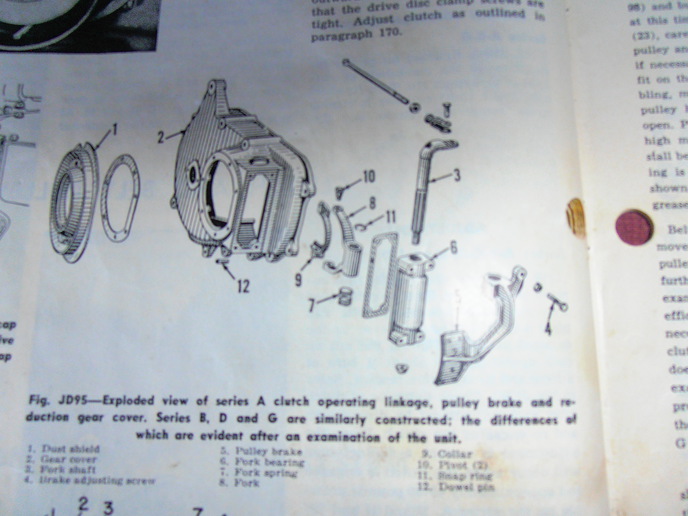Brent Zappe
Member
I have got my dads old John Deere G over here. What I notice was that when you fully engage the hand clutch. Then you disengage the hand clutch it is hard because it does not want to disengage without a pulling force behind it. I did not know this and till I got it to my house. You are okay with it as long as you do not push it all the way in to a lock position. What I am trying to say if you are going to keep your hand there it will be okay. I am looking to buy the broken parts for this clutch so it will be back in working order OR is this normal for this tractor to do?



